Road Train Shock Absorbers: Injecting Stable Power into Heavy-Duty Transportation
 2025.05.15
2025.05.15
 Industry News
Industry News
The huge road train (Road Train) undertakes the long-distance transportation of bulk goods such as minerals, livestock, and fuel with its unique front-end connection to multiple trailers. As a giant in heavy-duty transportation, road trains not only have extremely high requirements for vehicle structure, but also pose severe challenges to driving stability and safety. In the entire suspension system, Road Train Shock Absorbers play a vital role.
Shock absorbers are a key mechanical component connecting wheels and frames. Their function is to absorb the impact force from the road during vehicle driving and suppress excessive vibration of the body and wheels. Compared with ordinary trucks, Road Trains are subjected to more severe vibration frequency and impact intensity during driving due to their own extra-long body and extra-large load. This requires the Shock Absorbers used to have not only higher load-bearing capacity, but also stronger durability and thermal stability.
On the technical level, the shock absorbers used by Road Train often adopt a multi-stage adjustable damping design with a precise internal structure, including hydraulic cylinders, piston rods, compression chambers and rebound valves, etc., to ensure that they can maintain good response speed and damping effect under extreme road conditions. Especially when passing through rugged mountain roads or high-speed turns, excellent shock absorbers can effectively disperse inertial forces and improve the driving stability and handling performance of the train.
Key performance indicators and technical challenges
For Road Train's Shock Absorbers, several key technical indicators cannot be ignored. The first is the thermal attenuation control capability. Due to long-term continuous work, the internal liquid of the shock absorber will generate a lot of heat energy during frequent compression and rebound. If the heat dissipation is poor, the shock absorption effect will decay rapidly, affecting the vehicle's handling. High-quality shock absorbers often use special hydraulic oil and high thermal conductivity materials, combined with precise heat exchange design to keep the internal temperature stable.
Anti-fatigue performance. Road trains often need to travel thousands of kilometers and operate in remote areas for a long time, which is difficult to maintain, which puts extremely high demands on the service life of Shock Absorbers. Manufacturers usually use reinforced alloy steel and multi-layer anti-corrosion coating to ensure that it can still work normally in extreme environments such as wind, sand, high humidity, and saline-alkali.
Impact of shock absorbers on safety and economy
Many people may underestimate the impact of shock absorbers on the safety of the entire vehicle. In fact, once the performance of the shock absorber decreases, it will not only cause the shaking of the entire vehicle to intensify, but also affect the braking distance and steering response, which is very likely to cause traffic accidents. For Road Trains carrying high-value, dangerous goods or livestock, this is undoubtedly a potential major safety hazard.
A high-quality shock absorption system can also significantly reduce the wear of other parts of the vehicle body. For example, it reduces the fatigue damage of components such as the frame, bearings, and tires caused by vibration, thereby reducing maintenance costs and improving the economy of the entire vehicle. Statistics show that regular maintenance and replacement of shock absorbers can extend the service life of the entire vehicle by 20% to 30%. For transportation companies with high operating costs, this is an investment return that cannot be ignored.
Road Train Shock Absorbers may not be the most eye-catching automotive component, but it is the "invisible hero" that allows the behemoth to move forward smoothly in harsh environments. As transportation needs continue to escalate, the innovation of shock absorption technology is not only pushing the limits of road train performance, but also silently protecting the safety and efficiency of every journey. For transportation companies and engineering technicians, paying attention to the shock absorption system is not only a technical choice, but also a responsibility for operational quality and road safety.
 EN
EN  English
English Español
Español


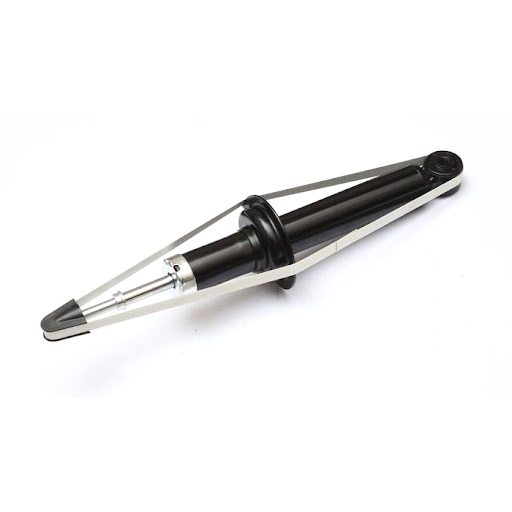
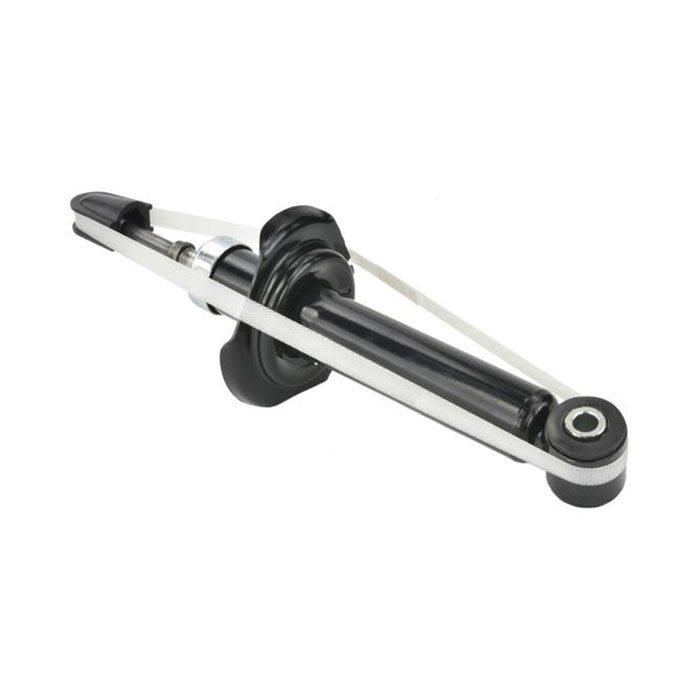
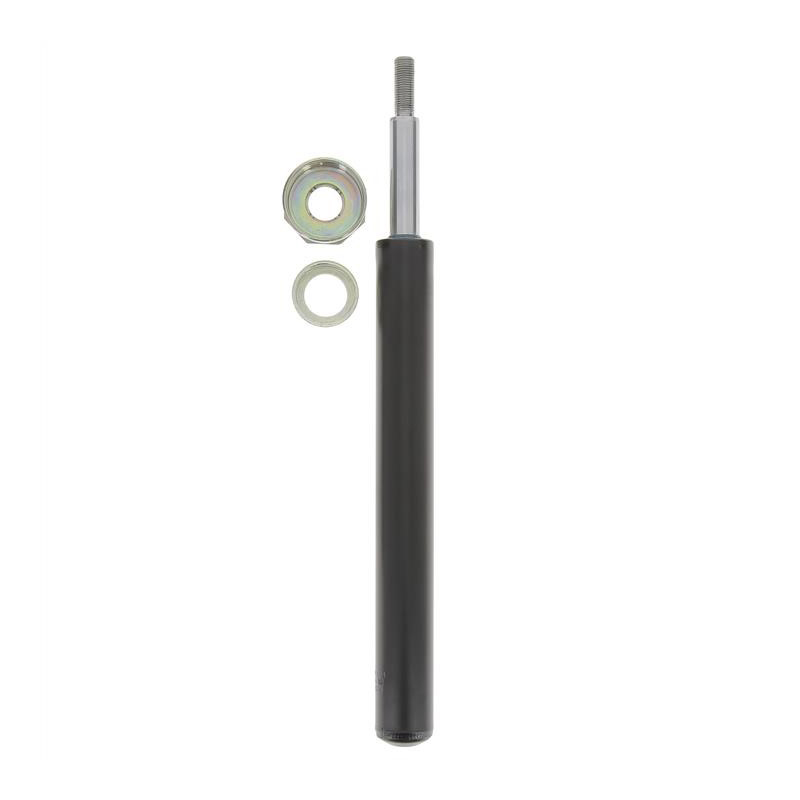
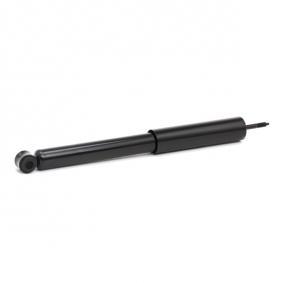
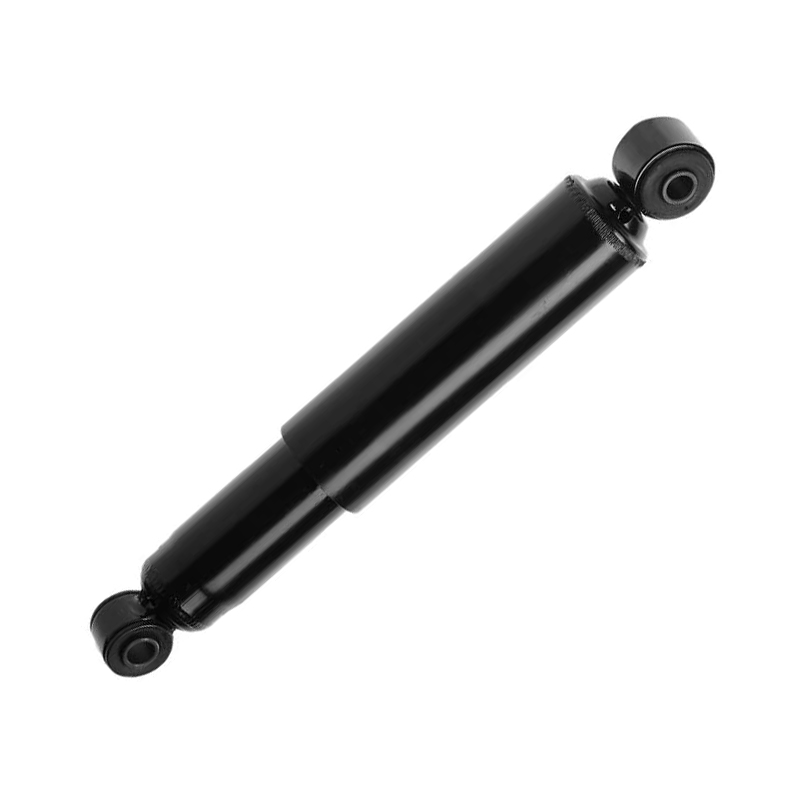
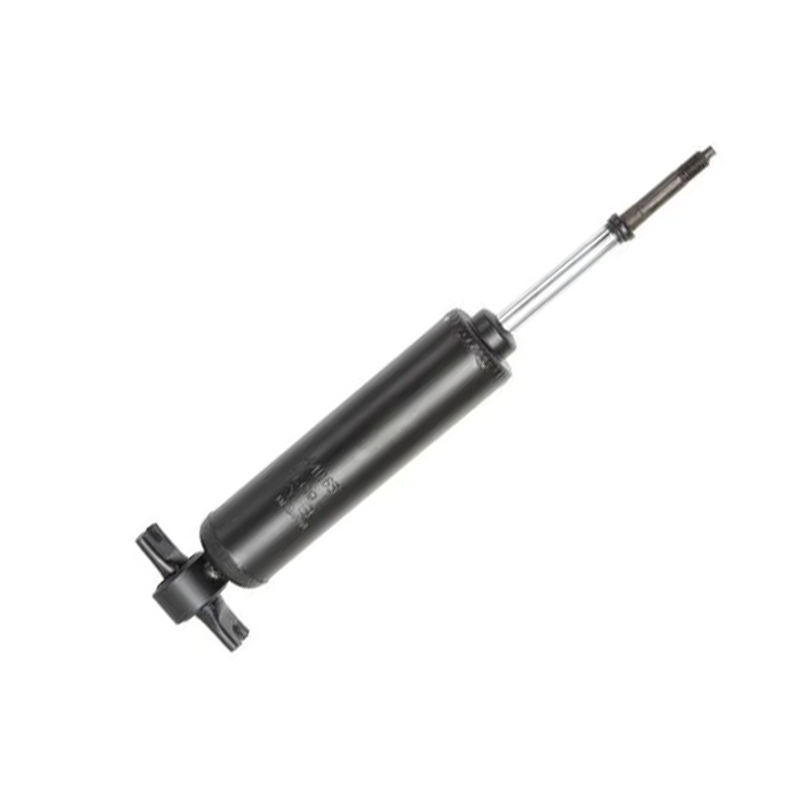
 +86-13757453333
+86-13757453333  +86-572-8355557
+86-572-8355557  Caroline@gerep.cn
Caroline@gerep.cn  No. 36, South Zhenxing Rd., Zhongguan Town, Deqing County, Huzhou, Zhejiang, China
No. 36, South Zhenxing Rd., Zhongguan Town, Deqing County, Huzhou, Zhejiang, China 